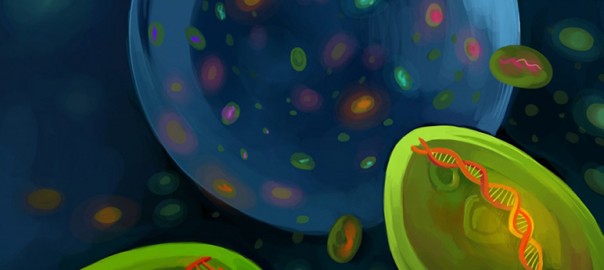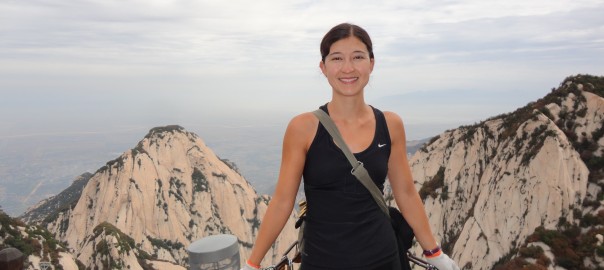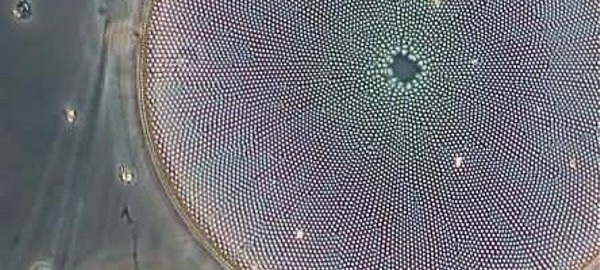Publication
Prowe, A.E.F., M. Pahlow, S. Dutkiewicz, and A. Oschlies (2014), How important is diversity to capture environmental change responses in ecosystem models? Biogeosciences, 11, 3397–3407, 2014, doi: 10.5194/bg-11-3397-2014
Prowe, A.E.F., M. Pahlow, S. Dutkiewicz, and A. Oschlies (2014), How important is diversity to capture environmental change responses in ecosystem models? Biogeosciences, 11, 3397–3407, 2014, doi: 10.5194/bg-11-3397-2014
Barton, A.D., B.A. Ward, R.G. Williams, and M.J. Follows (2014), The impact of fine-scale turbulence on phytoplankton community structure. Limnology and Oceanography: Fluids and Environments, 4, 34-49, doi: 10.1215/21573689-2651533

The smallest, most abundant marine microbe, Prochlorococcus, is a photosynthetic bacteria species essential to the marine ecosystem. An estimated billion billion billion of the single-cell creatures live in the oceans, forming the base of the marine food chain and occupying a range of ecological niches based on temperature, light and chemical preferences, and interactions with other species. But the full extent and characteristics of diversity within this single species remains a puzzle. Continue reading Ocean microbes display remarkable genetic diversity
Kashtan, N., S.E Roggensack, S. Rodrigue, J.W. Thompson, S.J. Biller, A. Coe, H. Ding, P. Marttinen, R. Stocker, M.J. Follows, R. Stepanauskas and S.W. Chisholm (2014) Single cell genomics reveals hundreds of coexisting subpopulations in wild Prochlorococcus, Science, 344(6182), 416-420, doi: 10.1126/science.1248575
Death, R., J.L. Wadham, F. Monteiro, A.M. Le Brocq, M. Tranter, A. Ridgwell, A., S. Dutkiewicz, and R. Raiswell, (2014) Antarctic Ice Sheet fertilises the Southern Ocean, Biogeosciences, 11, 2635-2643, doi: 10.5194/bg-11-2635-2014
Clayton, S., T. Nagai and M.J. Follows (2014), Fine scale phytoplankton community structure across the Kuroshio Front. J. Plankton Res., 1-14, doi: 10.1093/plankt/fbu020

Leaving the cold of a New England February behind, the Darwin team will be in full attendance at this year’s Ocean Sciences conference taking place February 23-28 in Honolulu, Hawaii.

Darcy Taniguchi is a biological oceanographer, interested in the population dynamics of plankton, particularly phytoplankton and microzooplankton. While the majority of her research consists of theoretical modeling studies examining the size-based interactions of plankton, she likes to complement that with laboratory and field work whenever she has the opportunity.

Idealized equilibrium models have attributed the observed size structure of marine communities to the interactions between nutrient and grazing control. In a new paper in the Journal of Plankton Research Ben Ward and co-authors Stephanie Dutkiewicz and Mick Follows examine this theory in a more realistic context using a size-structured global ocean food-web model, together with a much simplified version of the same model for which equilibrium solutions are readily obtained.
Continue reading Size Structure: exploring nutrient versus grazing control
Ward, B.A., S. Dutkiewicz, and M.J. Follows (2014) Modelling spatial and temporal patterns in size-structured marine plankton communities: top-down and bottom-up controls, Journal of Plankton Research, 0, 1-17, doi:10.1093/plankt/fbt097